Onset fever. Fever Onset in ICU: Mechanisms, Pathways, and Clinical Implications
How does fever develop in intensive care patients. What are the new insights into fever mechanisms. How do peripheral signals trigger central fever responses. What role do prostaglandins play in fever onset. How does the nervous system mediate fever development. What are the clinical implications of new fever onset theories.
The Paradigm Shift in Understanding Fever Onset
For decades, the prevailing theory of fever production centered around pyrogenic cytokines and prostaglandin E2 (PGE2) synthesis in the brain. However, recent research has challenged this view, revealing a more complex and rapid mechanism for fever onset, especially in response to intravenous endotoxin administration. This new understanding has significant implications for both our basic comprehension of fever and potential therapeutic approaches in clinical settings like intensive care units.
The Classical View vs. New Insights
The classical view posited that fever was primarily modulated in the ventromedial preoptic area (VMPO) of the brain. According to this theory, pyrogenic cytokines produced by peripheral immune cells would trigger the induction of cyclooxygenase-2 (COX-2) and subsequent PGE2 production in the VMPO. However, several inconsistencies in this model led researchers to question its validity, particularly in explaining the rapid onset of fever in response to intravenous lipopolysaccharide (LPS) administration.

Key Issues with the Classical Theory
- Timing discrepancy: Circulating cytokines appear after the onset of fever in response to intravenous LPS
- COX-2 induction lag: As an inducible enzyme, COX-2 synthesis takes time and doesn’t align with rapid fever onset
- Blood-brain barrier concerns: Questions about the accessibility of blood-borne cytokines to the preoptic area
The Neural Pathway: A New Model for Fever Initiation
Recent data collected over the past decade points to a neural rather than humoral route for conveying the peripheral febrigenic message to the brain. This new model provides a more coherent explanation for the rapid onset of fever, especially in response to intravenous endotoxin challenges.
Key Components of the Neural Pathway Model
- Vagus nerve signaling: The peripheral fever signal is transmitted via the vagus nerve to the nucleus tractus solitarius (NTS) in the brainstem
- Prostaglandin E2 as the initial trigger: Contrary to the cytokine-centric view, PGE2 appears to be the primary peripheral trigger for fever onset
- Liver Kupffer cells: The arrival of LPS in liver Kupffer cells correlates temporally with fever initiation
- Complement cascade activation: LPS triggers the complement system, producing anaphylatoxin C5a
- Rapid PGE2 production: C5a directly stimulates PGE2 synthesis, catalyzed by both constitutive COX-1 and COX-2
The Role of Prostaglandins in Fever Onset
Prostaglandin E2 plays a central role in the new model of fever onset, acting as both a peripheral trigger and a central mediator. This dual function of PGE2 helps explain the rapid initiation of fever and its sustained progression.

Peripheral PGE2 Production
In the periphery, PGE2 is rapidly produced in response to endotoxin challenge, primarily in the liver. This process involves:
- Activation of Kupffer cells by LPS
- Complement cascade initiation and C5a production
- C5a-stimulated PGE2 synthesis via both COX-1 and COX-2
Central PGE2 Actions
Within the brain, PGE2 continues to play a crucial role in sustaining and modulating the fever response:
- Induction of COX-2 in brain endothelial cells and perivascular microglia
- Sustained PGE2 production in the VMPO
- Modulation of thermoregulatory neurons to increase core body temperature
The Vagus-to-Brain Signaling Cascade
The neural pathway model proposes a step-by-step signaling cascade from the periphery to the brain’s thermoregulatory centers. This pathway explains both the rapid onset and the sustained nature of the fever response.
Steps in the Vagus-to-Brain Signaling Cascade
- Peripheral PGE2 activates vagal afferents expressing EP3 receptors
- Vagal signals are transmitted to the nucleus tractus solitarius (NTS)
- From the NTS, the signal proceeds to the VMPO via the ventral noradrenergic bundle
- Norepinephrine (NE) is released in the preoptic area
- NE triggers two distinct core temperature rises:
- A rapid, α1-adrenoceptor-mediated, PGE2-independent rise
- A delayed, α2-adrenoceptor-mediated, COX-2/PGE2-dependent rise
Neuromodulators in Fever Regulation
The fever response involves a complex interplay of various neuromodulators beyond just prostaglandins. Understanding these interactions provides a more comprehensive picture of fever regulation and potential therapeutic targets.

Key Neuromodulators in Fever
- Norepinephrine: Central to both rapid and delayed temperature rises
- Nitric oxide: Modulates norepinephrine release in the VMPO
- Cytokines: While not the initial trigger, they play a role in sustaining the fever response
- Endogenous antipyretics: Substances like arginine vasopressin that help regulate fever intensity
Clinical Implications for Intensive Care
The new understanding of fever onset mechanisms has significant implications for managing fever in intensive care settings. It suggests potential new approaches to both fever diagnosis and treatment.
Diagnostic Considerations
The rapid neural pathway of fever onset implies that traditional markers of inflammation may lag behind the actual initiation of fever. This has several implications for diagnosis:
- Early detection: Monitoring vagal activity or liver function may provide earlier indications of impending fever
- Biomarker reassessment: The relevance of cytokine levels in early fever stages may need reevaluation
- Imaging techniques: Advanced neuroimaging might offer insights into central fever mechanisms
Therapeutic Approaches
The neural pathway model suggests several potential therapeutic targets for managing fever in intensive care:
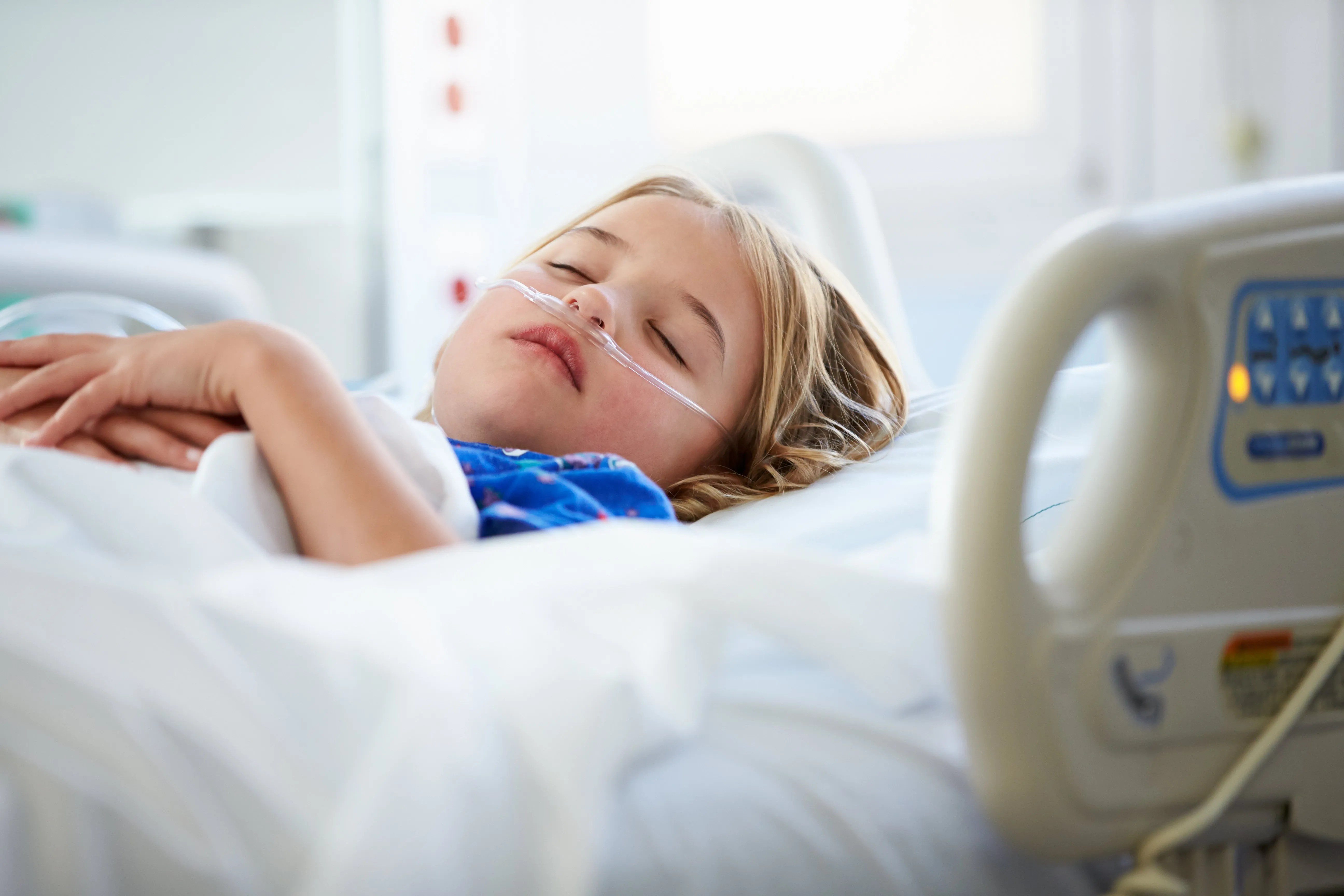
- Vagus nerve modulation: Techniques like vagus nerve stimulation might influence fever onset
- Selective COX inhibition: Targeting both COX-1 and COX-2 may be more effective than COX-2 inhibition alone
- Complement system modulation: Inhibiting C5a or its receptors could potentially prevent fever initiation
- Adrenergic receptor targeting: Selective α1 or α2 adrenoceptor antagonists might offer more precise fever control
Future Research Directions
While the neural pathway model provides a compelling explanation for fever onset, many questions remain unanswered. Future research should focus on several key areas to further refine our understanding and improve clinical management of fever in intensive care settings.
Key Areas for Further Investigation
- Molecular mechanisms of vagal activation by peripheral PGE2
- The role of brain endothelial cells in fever progression
- Interactions between neural and humoral fever pathways
- Sex-specific differences in fever onset and regulation
- The impact of chronic diseases on fever mechanisms
- Development of targeted therapies based on the neural pathway model
As research progresses, our understanding of fever onset in intensive care settings will continue to evolve. This new knowledge promises to improve both the accuracy of fever diagnosis and the efficacy of fever management strategies, ultimately leading to better outcomes for critically ill patients.
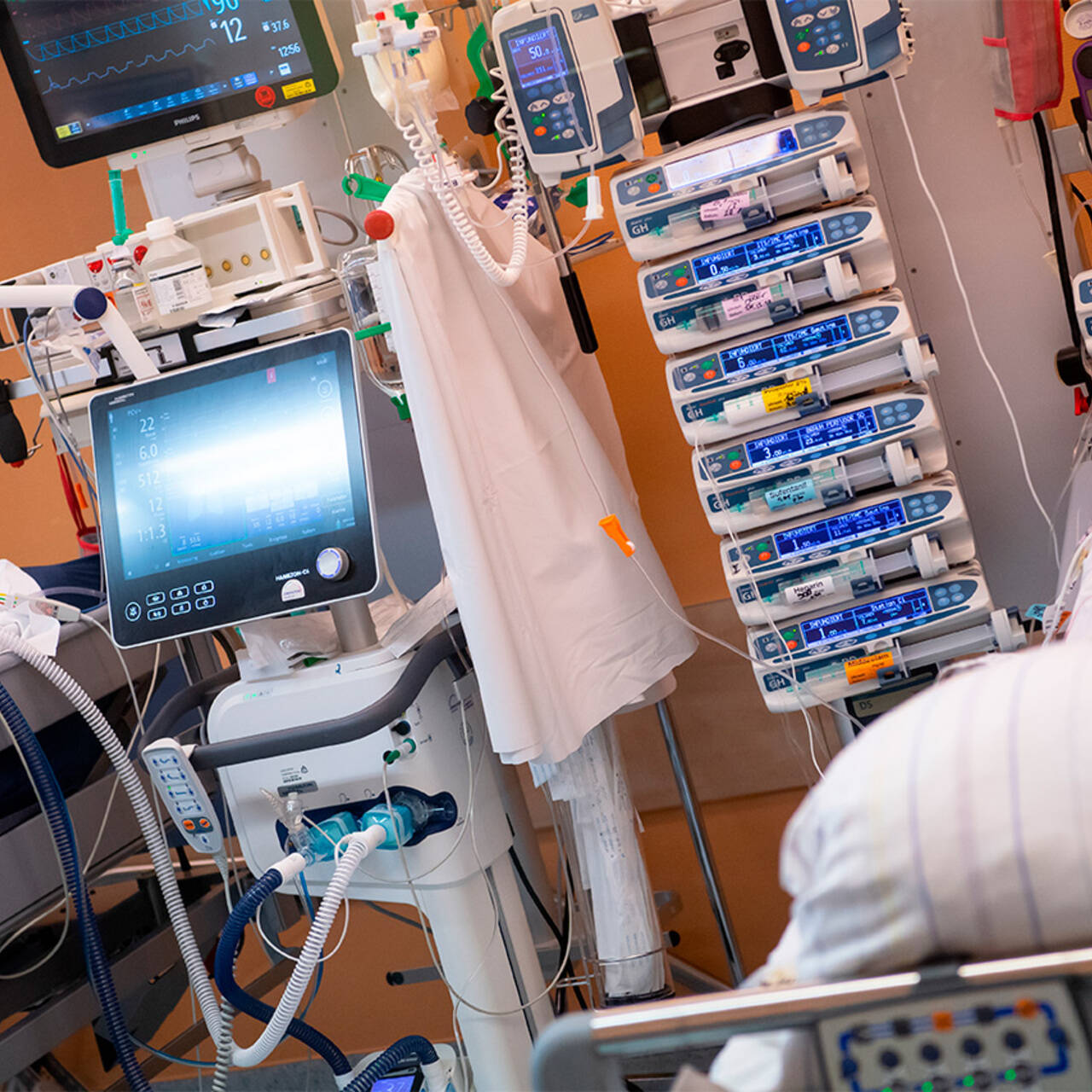
Integrating New Insights into Clinical Practice
Translating these new insights into clinical practice will require a multidisciplinary approach. Clinicians, researchers, and pharmaceutical companies will need to collaborate to develop and validate new diagnostic tools and therapeutic interventions based on the neural pathway model of fever onset.
Some potential areas of development include:
- Novel biosensors for early fever detection
- Pharmacological agents targeting specific components of the neural fever pathway
- Refined protocols for fever management in different patient populations
- Advanced monitoring systems integrating multiple physiological parameters
As our understanding of fever mechanisms continues to grow, so too will our ability to provide personalized and effective fever management in intensive care settings. This evolving knowledge not only challenges long-held beliefs about fever but also opens up exciting new possibilities for improving patient care and outcomes in critical care medicine.
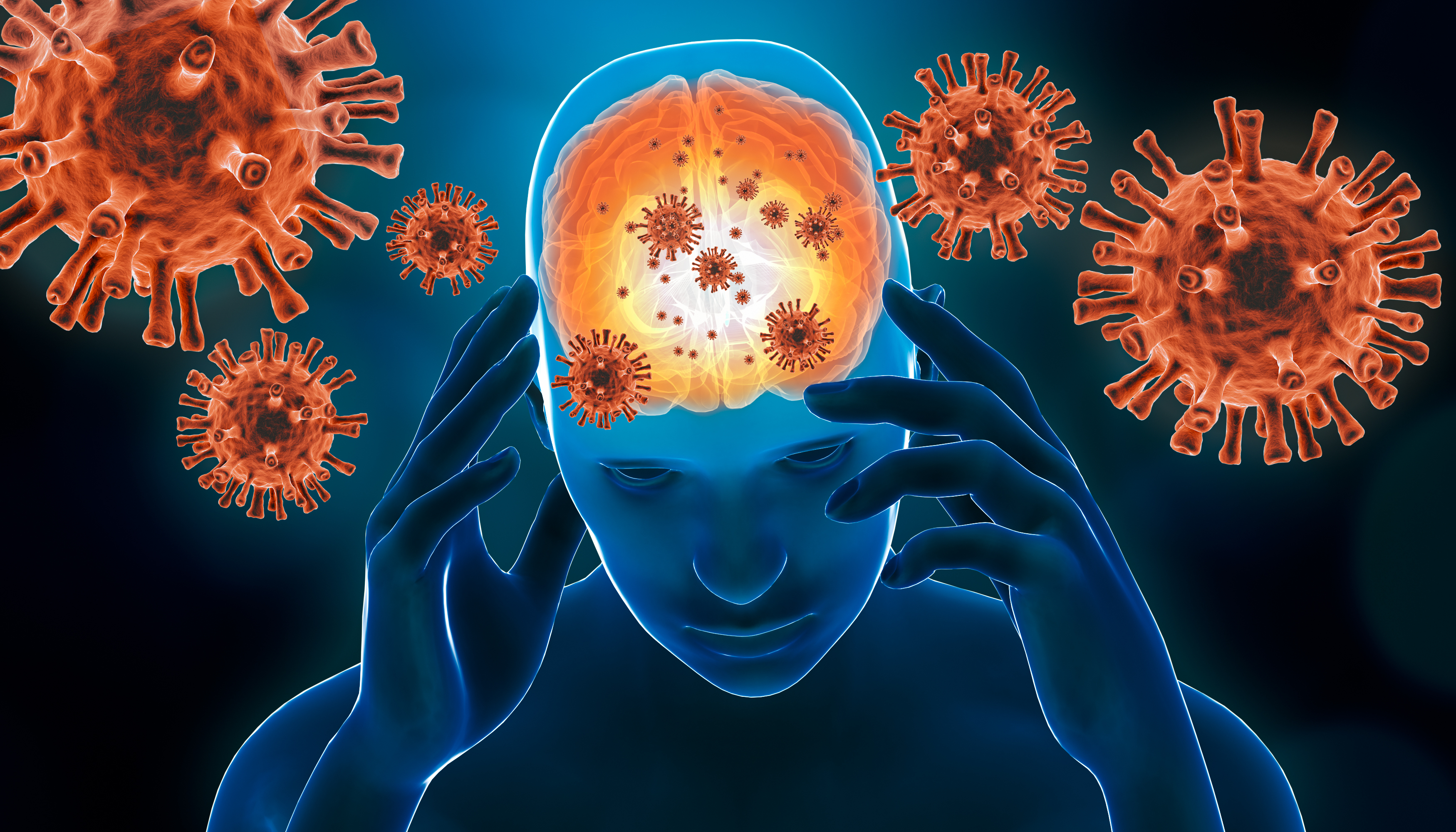
The onset of fever: new insights into its mechanism
Review
. 2007;162:3-14.
doi: 10.1016/S0079-6123(06)62001-3.
Clark M Blatteis
1
Affiliations
Affiliation
- 1 Department of Physiology, College of Medicine, The University of Tennessee Health Science Center, Memphis, TN 38163, USA. [email protected]
PMID:
17645911
DOI:
10.1016/S0079-6123(06)62001-3
Review
Clark M Blatteis.
Prog Brain Res.
2007.
. 2007;162:3-14.
doi: 10.1016/S0079-6123(06)62001-3.
Author
Clark M Blatteis
1
Affiliation
- 1 Department of Physiology, College of Medicine, The University of Tennessee Health Science Center, Memphis, TN 38163, USA. [email protected]
PMID:
17645911
DOI:
10.1016/S0079-6123(06)62001-3
Abstract
The classical view of fever production is that it is modulated in the ventromedial preoptic area (VMPO) in response to signaling by pyrogenic cytokines elaborated in the periphery by mononuclear phagocytes and the consequent induction of cyclooxygenase (COX)-2-dependent prostaglandin (PG)E(2) in the VMPO. This mechanism has, however, been questioned, in particular because the appearance of circulating cytokines lags the onset of the febrile response to intravenously (iv) injected bacterial endotoxic lipopolysaccharide (LPS), an exogenous pyrogen. Moreover, COX-2, in this case, is itself an inducible enzyme, the de novo synthesis of which similarly lags significantly the onset of fever. Issues also exist regarding the accessibility of the POA to blood-borne cytokines. New data adduced over the past 10 years indicate that the peripheral febrigenic message is conveyed to the VMPO via a neural rather than a humoral route, specifically by the vagus to the nucleus tractus solitarius (NST), and that the peripheral trigger is PGE(2), not cytokines; vagal afferents express PGE(2) receptors (EP(3)). Thus, the initiation of the febrile responses to both iv and intraperitoneal (ip) LPS is temporally correlated with the appearance of LPS in the liver’s Kupffer cells (Kc), its arrival immediately activating the complement (C) cascade and the consequent production of the anaphylatoxin C5a; the latter is the direct stimulus for PGE(2) production, catalyzed non-differentially by constitutive COX-1 and -2.
This mechanism has, however, been questioned, in particular because the appearance of circulating cytokines lags the onset of the febrile response to intravenously (iv) injected bacterial endotoxic lipopolysaccharide (LPS), an exogenous pyrogen. Moreover, COX-2, in this case, is itself an inducible enzyme, the de novo synthesis of which similarly lags significantly the onset of fever. Issues also exist regarding the accessibility of the POA to blood-borne cytokines. New data adduced over the past 10 years indicate that the peripheral febrigenic message is conveyed to the VMPO via a neural rather than a humoral route, specifically by the vagus to the nucleus tractus solitarius (NST), and that the peripheral trigger is PGE(2), not cytokines; vagal afferents express PGE(2) receptors (EP(3)). Thus, the initiation of the febrile responses to both iv and intraperitoneal (ip) LPS is temporally correlated with the appearance of LPS in the liver’s Kupffer cells (Kc), its arrival immediately activating the complement (C) cascade and the consequent production of the anaphylatoxin C5a; the latter is the direct stimulus for PGE(2) production, catalyzed non-differentially by constitutive COX-1 and -2.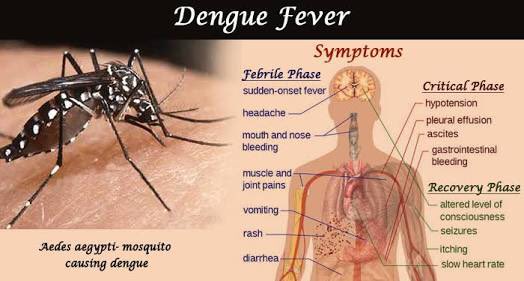 From the NST, the signal proceeds to the VMPO via the ventral noradrenergic bundle, causing the intrapreoptic release of norepinephrine (NE) which then evokes two distinct core temperature (T(c)) rises, viz., one alpha(1)-adrenoceptor (AR)-mediated, rapid in onset, and PGE(2)-independent, and the other alpha(2)-AR-mediated, delayed, and COX-2/PGE(2)-dependent, i.e., the prototypic febrile pattern induced by iv LPS. The release of NE is itself modulated by nitric oxide contemporaneously released in the VMPO.
From the NST, the signal proceeds to the VMPO via the ventral noradrenergic bundle, causing the intrapreoptic release of norepinephrine (NE) which then evokes two distinct core temperature (T(c)) rises, viz., one alpha(1)-adrenoceptor (AR)-mediated, rapid in onset, and PGE(2)-independent, and the other alpha(2)-AR-mediated, delayed, and COX-2/PGE(2)-dependent, i.e., the prototypic febrile pattern induced by iv LPS. The release of NE is itself modulated by nitric oxide contemporaneously released in the VMPO.
Similar articles
Cytokines, PGE2 and endotoxic fever: a re-assessment.
Blatteis CM, Li S, Li Z, Feleder C, Perlik V.
Blatteis CM, et al.
Prostaglandins Other Lipid Mediat. 2005 May;76(1-4):1-18. doi: 10.1016/j.prostaglandins.2005.01.001. Epub 2005 Feb 19.
Prostaglandins Other Lipid Mediat. 2005.PMID: 15967158
Review.
Blockade of lipopolysaccharide-induced fever by subdiaphragmatic vagotomy in guinea pigs.

Sehic E, Blatteis CM.
Sehic E, et al.
Brain Res. 1996 Jul 8;726(1-2):160-6.
Brain Res. 1996.PMID: 8836556
Pyrogen sensing and signaling: old views and new concepts.
Blatteis CM, Sehic E, Li S.
Blatteis CM, et al.
Clin Infect Dis. 2000 Oct;31 Suppl 5:S168-77. doi: 10.1086/317522.
Clin Infect Dis. 2000.PMID: 11113020
Review.
Endotoxic fever: new concepts of its regulation suggest new approaches to its management.
Blatteis CM.
Blatteis CM.
Pharmacol Ther. 2006 Jul;111(1):194-223. doi: 10.1016/j.pharmthera.2005.10.013. Epub 2006 Feb 3.
Pharmacol Ther. 2006.PMID: 16460809
Review.
CCR1 and CCR5 chemokine receptors are involved in fever induced by LPS (E.
 coli) and RANTES in rats.
coli) and RANTES in rats.Machado RR, Soares DM, Proudfoot AE, Souza GE.
Machado RR, et al.
Brain Res. 2007 Aug 3;1161:21-31. doi: 10.1016/j.brainres.2007.05.054. Epub 2007 Jun 9.
Brain Res. 2007.PMID: 17604006
See all similar articles
Cited by
Infrared image method for possible COVID-19 detection through febrile and subfebrile people screening.
Brioschi ML, Dalmaso Neto C, Toledo M, Neves EB, Vargas JVC, Teixeira MJ.
Brioschi ML, et al.
J Therm Biol. 2023 Feb;112:103444. doi: 10.1016/j.jtherbio.2022.103444. Epub 2022 Dec 28.
J Therm Biol. 2023.PMID: 36796899
Free PMC article.Xiang Qin Kang Gan Granules Treated the Human Coronavirus 229E Induced Pneumonia with Damp-Heat Syndrome in Mice.

Cao F, Liu Z, Hao Q, Zhao R, Bao L, Cui X, Jiao Y.
Cao F, et al.
Can J Infect Dis Med Microbiol. 2022 Sep 23;2022:7609550. doi: 10.1155/2022/7609550. eCollection 2022.
Can J Infect Dis Med Microbiol. 2022.PMID: 36193093
Free PMC article.Thermal dysregulation in patients with multiple sclerosis during SARS-CoV-2 infection. The potential therapeutic role of exercise.
Razi O, Tartibian B, Teixeira AM, Zamani N, Govindasamy K, Suzuki K, Laher I, Zouhal H.
Razi O, et al.
Mult Scler Relat Disord. 2022 Mar;59:103557. doi: 10.1016/j.msard.2022.103557. Epub 2022 Jan 24.
Mult Scler Relat Disord. 2022.PMID: 35092946
Free PMC article.Review.
Lipoteichoic acid, a cell wall component of Gram-positive bacteria, induces sleep and fever and suppresses feeding.

Szentirmai É, Massie AR, Kapás L.
Szentirmai É, et al.
Brain Behav Immun. 2021 Feb;92:184-192. doi: 10.1016/j.bbi.2020.12.008. Epub 2020 Dec 9.
Brain Behav Immun. 2021.PMID: 33307170
Free PMC article.Obesity and Diabetes Mediated Chronic Inflammation: A Potential Biomarker in Alzheimer’s Disease.
Khan MSH, Hegde V.
Khan MSH, et al.
J Pers Med. 2020 May 22;10(2):42. doi: 10.3390/jpm10020042.
J Pers Med. 2020.PMID: 32455946
Free PMC article.Review.
See all “Cited by” articles
Publication types
MeSH terms
Substances
Grant support
- NS-34857/NS/NINDS NIH HHS/United States
- NS-38594/NS/NINDS NIH HHS/United States
Definitions of Symptoms for Reportable Illnesses | Quarantine
The 42 Code of Federal Regulations parts 70/71 Final Rule defines an ill person as someone who:
- Has a fever (has a measured temperature of 100.
 4 °F [38 °C]† or greater, or feels warm to the touch, or gives a history of feeling feverish) accompanied by one or more of the following:
4 °F [38 °C]† or greater, or feels warm to the touch, or gives a history of feeling feverish) accompanied by one or more of the following:- skin rash
- difficulty breathing
- persistent cough
- decreased consciousness or confusion of recent onset
- new unexplained bruising or bleeding (without previous injury)
- persistent diarrhea
- persistent vomiting (other than air sickness)
- headache with stiff neck, or
- appears obviously unwell
OR
- Has a fever that has persisted for more than 48 hoursOR
- Has symptoms or other indications of communicable disease, as the CDC may announce through posting of a notice in the Federal Registerexternal icon
To assist flight crews in identifying people with potential cases of a reportable illness, CDC provides the following explanations and examples of signs and symptoms that might indicate contagious diseases:
Fever
- CDC considers a person to have a fever when he or she has a measured temperature of 100.
 4° F (38° C) or greater, or feels warm to the touch, or gives a history of feeling feverish.Note: Even though measured temperature is the preferred and most accurate method to determine fever, it is not always possible to take a person’s temperature. In certain situations, other methods of detecting a possible fever should be considered:
4° F (38° C) or greater, or feels warm to the touch, or gives a history of feeling feverish.Note: Even though measured temperature is the preferred and most accurate method to determine fever, it is not always possible to take a person’s temperature. In certain situations, other methods of detecting a possible fever should be considered:- self-reported history of feeling feverish when a thermometer is not available or the ill person has taken medication that would lower the measured temperature.
- the person feels warm to the touch
- appearance of a flushed face, glassy eyes, or chills if it is not feasible to touch the person or if the person does not report feeling feverish.
The presence of fever suggests an infectious cause, but fever is not always present with an infection.
Skin rash means abnormal areas on the skin that may appear as discolored bumps or flat spots or areas, or blisters or bumps containing fluid or pus that are intact or crusted over. “Rash” includes insect bites or parasite lesions.
“Rash” includes insect bites or parasite lesions.
- Color: ranges from light-colored to red or pink, purple, or black, but can also be the same color as the person’s skin tone.
- Texture: can be flat, raised, blister-like, or crusted. In some diseases, such as chickenpox, areas with more than one of these characteristics can be found at the same time.
Select the most appropriate description of the rash’s appearance:- Maculopapular: A red rash with both flat red areas (macules) and small bumps (papules) that may run together.
- Vesicular/Pustular: Small bumps filled with fluid that can be clear or cloudy (vesicles) or filled with a thick, opaque fluid (pustules).
- Purpuric/Petechial: Red or purple discolorations caused by bleeding under the skin or mucous membranes; they do not blanch or fade with pressure. Petechial lesions appear as small, reddish freckles, while purpuric lesions cover larger areas.

- Scabbed: Lesions that are crusted over.
- Other: Enter a short description of the rash appearance if the other options do not apply.
- Pattern: can be disconnected (discrete) or run together (confluent).
- Location: may include one area of the body, such as the face, or more than one area.
Fever plus rash may indicate communicable diseases such as chickenpox, measles, or rubella (German measles).
Difficulty breathing or shortness of breath means the person is
- unable to move enough air into or out of the lungs, or can do so only with an unusually great effort
- gasping for air
- feeling “short of breath,” or unable to “catch” his/her breath
- breathing too fast or shallowly, or using muscles of stomach, chest or neck to breathe (especially for children).
Difficulty breathing—especially with fever—may indicate a traveler has a respiratory infection, such as pneumonia, diphtheria, or influenza.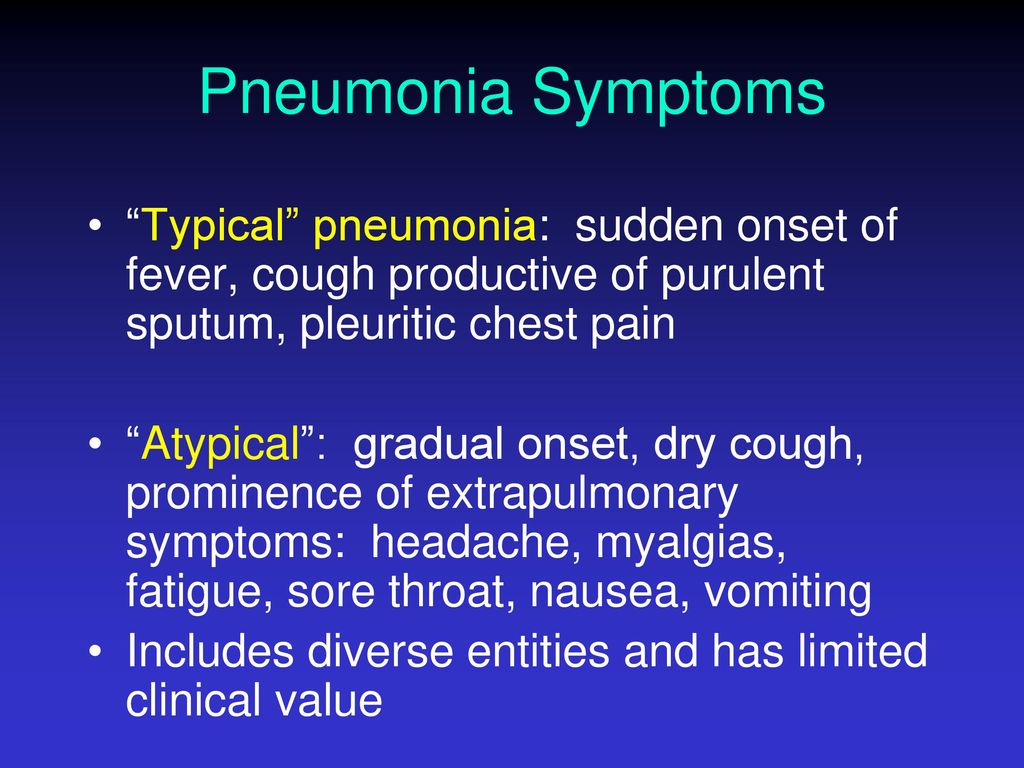
Persistent cough means that the cough is frequent and severe enough to catch the attention of the crew or another passenger.
Persistent cough may indicate diseases of public health concern, such as pertussis, tuberculosis, legionellosis, and influenza.
Decreased consciousness or confusion of recent onset means the person
- is not fully aware of the surroundings and may be confused about who he or she is, where he or she is going, or the time of day/week,
- does not respond normally to questions or painful sensations, or
- may appear to be sleepy, groggy, unresponsive, or difficult to awaken.
Decreased consciousness, especially in the presence of fever or rash, may indicate the traveler has a serious neurological infection, such as meningococcal meningitis, or a serious infection in another body system.
New unexplained bruising or bleeding (without previous injury) means the person has noticeable and unusual bruising or bleeding from gums, ears, nose, or areas on the skin with no obvious explanation (such as injury), is vomiting blood, or has bloody stool or urine.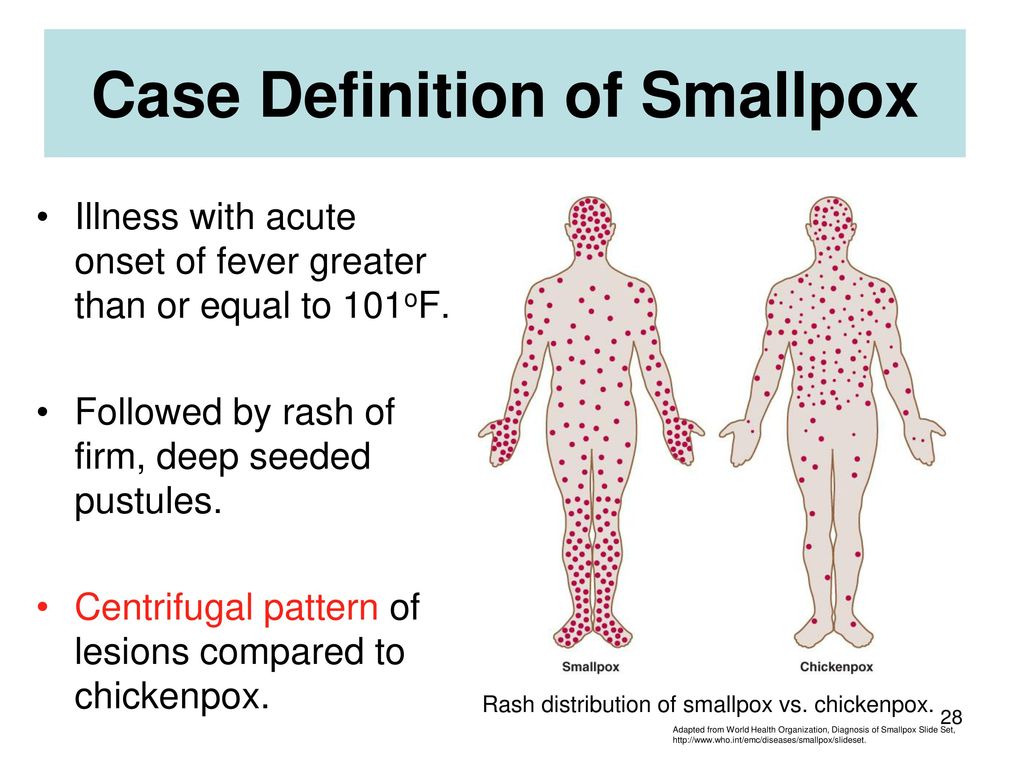
Bruising or bleeding, especially in the presence of fever, may indicate that the person has a hemorrhagic fever, such as Ebola.
Persistent diarrhea means that the person has loose, watery stools that occur more frequently than usual (at least 3 episodes within a 24-hour period) and the diarrhea is frequent and severe enough that
- other people notice, for example, the person going to the restroom numerous times, or the
- ill person or another passenger voices concern about it.
Persistent diarrhea may indicate the person has a gastrointestinal illness, such as norovirus, salmonellosis, or cholera.
Persistent vomiting means that the person
- has vomited two or more times (not due to motion sickness) and
- either expresses concern to the crew or it comes to the attention of others onboard (crew or passengers).
Persistent vomiting may indicate the person has a gastrointestinal infection, such as salmonellosis or norovirus infection.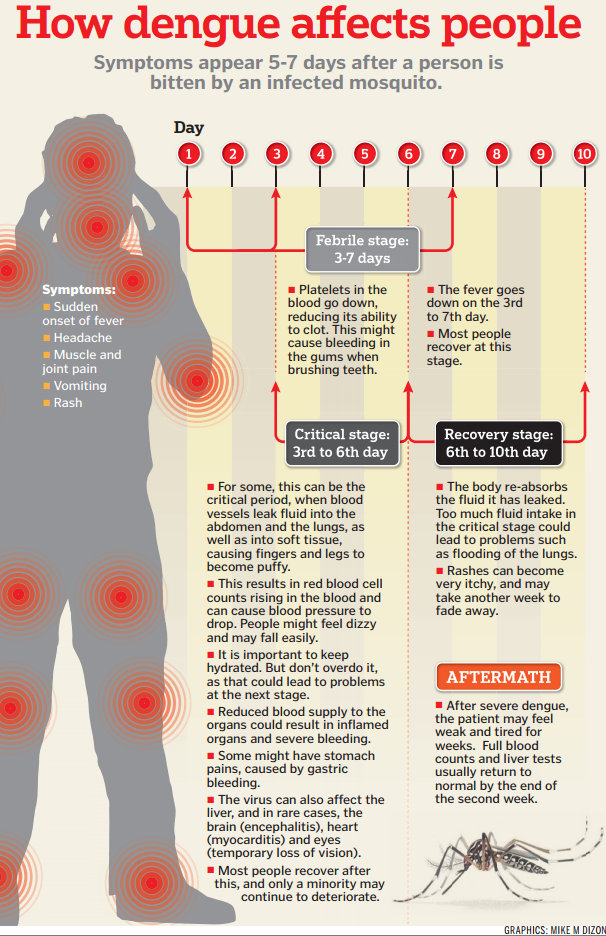
Headache means the person has head pain of unusual severity.
Neck stiffness means the person has difficulty moving the neck or severe pain during neck movement.
Fever
The state of the body, characterized by a rise in body temperature above normal, is called fever. Normally, the temperature of the human body is maintained at a level of about 37 ° C, however, in some (often infectious) diseases, a protective and adaptive reaction occurs, which is based on an increase in body temperature with the obligatory preservation of the thermoregulation mechanism. This property is a hallmark of fever from hyperthermia (overheating). Pyrogens cause fever – substances that enter the body during infection (exogenous pyrogens) or are formed by cells of the immune system as a result, for example, of inflammation (endogenous pyrogens).
Fever always passes in three stages:
- Rise in temperature – blood vessels constrict, skin becomes pale, there is a feeling of chills, muscle tremors, metabolism in muscles increases.
 At this stage, heat production is much higher than heat transfer.
At this stage, heat production is much higher than heat transfer. - Temperature retention – the mechanisms of heat production and heat transfer are balanced – the temperature can be fixed for hours, days or weeks. Skin vessels dilate, the skin ceases to be pale and becomes hot to the touch, chills and trembling go away. At this time, a person experiences a feeling of heat.
- Drop in temperature – either a sharp or gradual decrease in body temperature is possible. At this stage, heat transfer significantly exceeds heat production, profuse sweating occurs and diuresis increases. This stage begins in case of exhaustion of exogenous reserves or cessation of production of endogenous pyrogens.
There are several types of fever:
- Remittent (laxative) type is characterized by diurnal changes in temperature, which does not drop to normal;
- Intermittent (intermittent) type characterized by rapid diurnal fluctuations in temperature, which falls to normal and rises again;
- Constant fever – slight fluctuations in elevated temperature during the day;
- Relapsing fever – constantly elevated temperature for one or more days, then its reduction to normal and repeated increase;
- Perverse fever – a rise in temperature in the morning is characteristic;
- Incorrect fever – temperature fluctuation during the day occurs without any dependence.

Most often, fever indicates the presence of an infectious disease, but it can also be a symptom of cancer.
Fever is treated by identifying and eliminating the source of the infection. If necessary, fever is removed with the help of antipyretics: Nurofen, Aspirin . For children, Nurfen suspension , Panadol suppositories are recommended. Also, to reduce the temperature, you can use alcohol compresses or cold lotions, body wraps and immersion in a cold water bath.
Pankratova Evgenia Igorevna
The material is for informational purposes only. Medicinal products, biologically active supplements and other products are indicated as an example of their possible use and / or application, which in no way constitutes a recommendation for their use. Before using drugs, dietary supplements and medical equipment and other products, be sure to consult a specialist.
Marburg fever: Signal signs and transmission routes
Friday,
17
Martha
2023
Marburg fever is an acute zoonotic disease from the group of viral hemorrhagic fevers with a severe course, intoxication, and high mortality. It is classified as a particularly dangerous viral infection in Africa.
It is classified as a particularly dangerous viral infection in Africa.
The causative agent is an RNA-containing virus. The source of the pathogen is monkeys, in particular African monkeys. Pathogen transmission mechanisms: aerosol, contact, artificial (artificial).
Ways of transmission: airborne, contact, injection.
The virus is found in blood, nasopharyngeal mucus, urine and semen (up to 3 months).
Infection of people occurs through direct contact with the blood and organs of monkeys, also through damaged skin (with injections, cuts), when the virus enters the conjunctiva. A sick person is contagious to others, poses a danger from the incubation period, when the virus is already in the blood; contagiousness persists during all periods of the disease. A case of sexual transmission of the pathogen is described.
Human susceptibility to the Marburg virus is high. Post-infection immunity is long. There are no reports of relapses.
The distribution area of the virus is the central and western territories of Equatorial Africa, as well as the south of the continent (Central African Republic, Gabon, Sudan, Zaire, Liberia, Kenya, Rhodesia, Guinea, South Africa). Seasonality and periodicity of outbreaks have not been identified.
The incubation period of the disease is from 3 to 9days on average (maximum 21 days). The onset of the disease is acute: high fever for 2 weeks (over 38.6 0 C), severe intoxication, headache, muscle pain, pain in the lumbosacral region. On examination, conjunctivitis, a rash of the oral mucosa, and bradycardia are revealed. From 3–4 days of the course of the disease, vomiting and watery diarrhea occur, leading to rapid dehydration of the body. On the 5-6th day, a maculopapular rash may appear, followed by peeling of the skin. From the 6-7th day, hemorrhagic manifestations are detected in the form of skin hemorrhages, nasal, gastrointestinal, bleeding from the gums, urinary tract, vagina, as well as signs of hepatitis, myocarditis, kidney damage.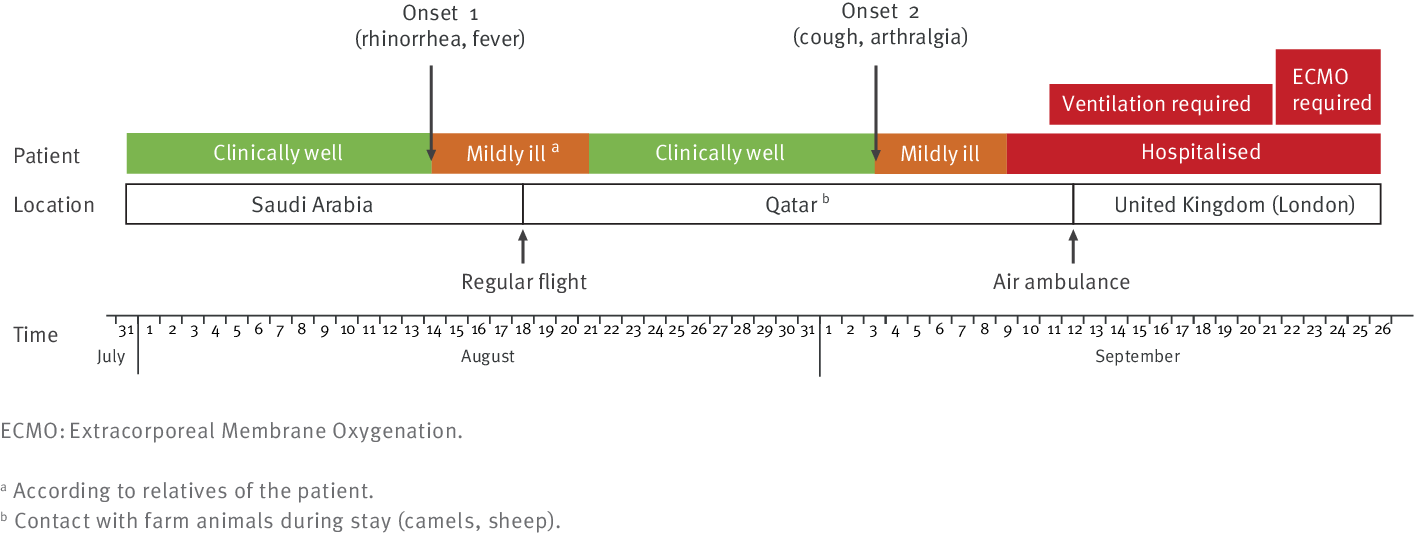 CNS lesions are characterized by adynamia, lethargy and severe headaches, nausea, and vomiting. At the end of the first week, signs of infectious-toxic shock and dehydration are revealed. Deterioration of the condition of patients occurs on the 8–10th day and on the 15–17th day of the course of the disease. During the recovery period, which lasts 3-4 weeks, prolonged diarrhea, severe asthenia, mental disorders and baldness may occur.
CNS lesions are characterized by adynamia, lethargy and severe headaches, nausea, and vomiting. At the end of the first week, signs of infectious-toxic shock and dehydration are revealed. Deterioration of the condition of patients occurs on the 8–10th day and on the 15–17th day of the course of the disease. During the recovery period, which lasts 3-4 weeks, prolonged diarrhea, severe asthenia, mental disorders and baldness may occur.
The mortality rate reaches 25% – 30% or more, death usually occurs between 8-17 days of illness from hemorrhagic manifestations.
In cases of recovery, the period of convalescence is delayed up to 1 month or more.
When diagnosing a disease, great importance is attached to the data of the epidemiological anamnesis about the patient’s stay in the regions of the endemic spread of the disease, work with the tissues of African monkeys.
There is no etiotropic treatment. The patient needs strict bed rest and round-the-clock medical supervision.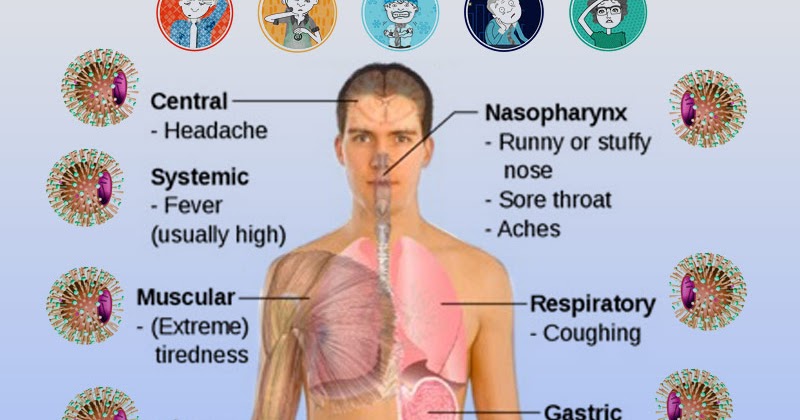


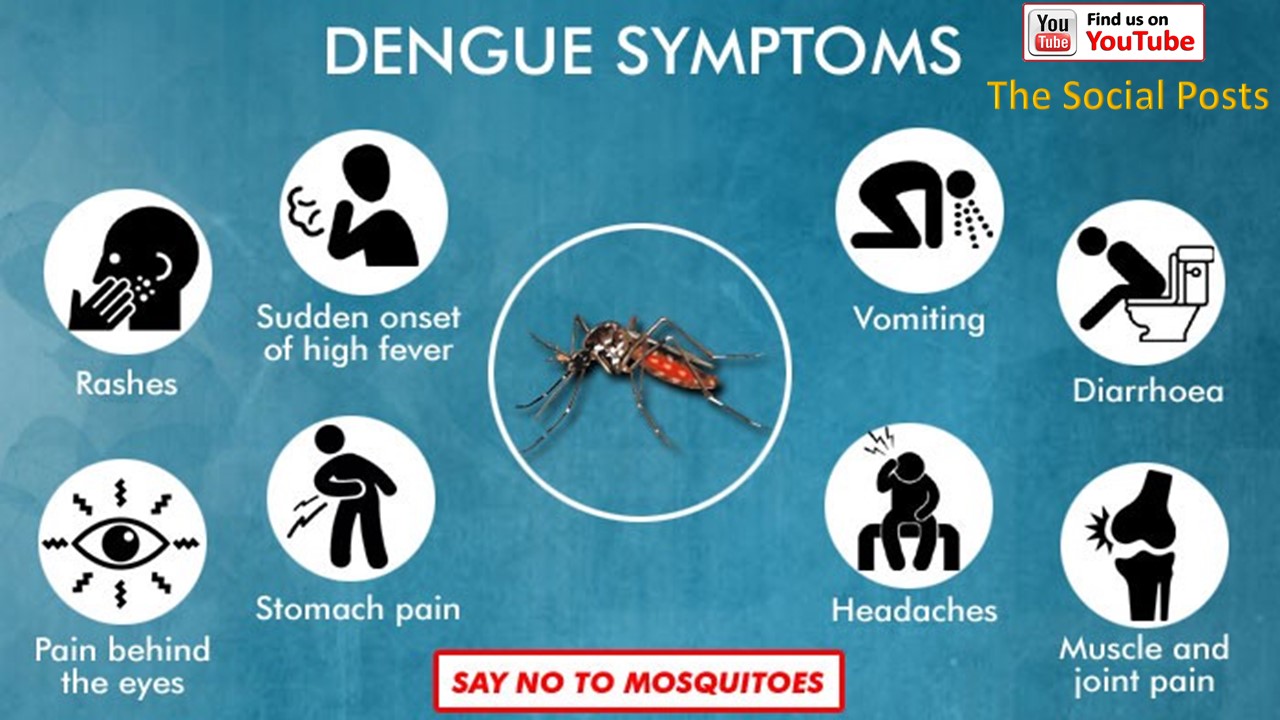 coli) and RANTES in rats.
coli) and RANTES in rats.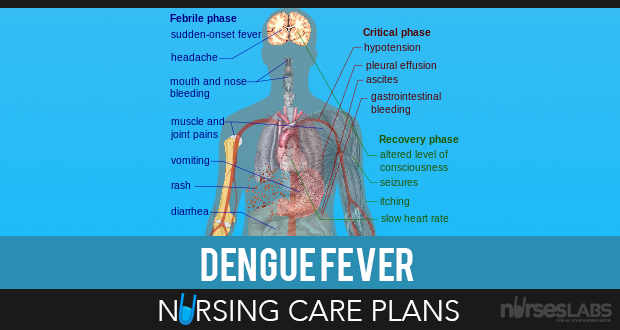
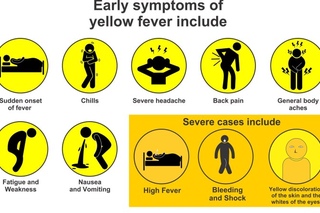
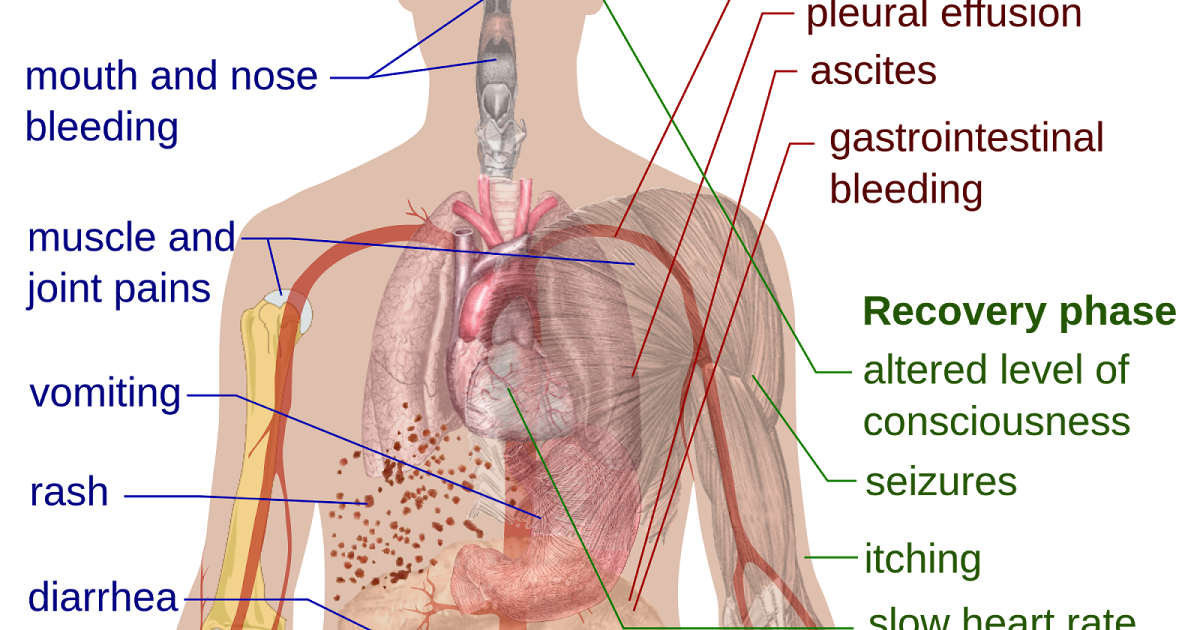 4 °F [38 °C]† or greater, or feels warm to the touch, or gives a history of feeling feverish) accompanied by one or more of the following:
4 °F [38 °C]† or greater, or feels warm to the touch, or gives a history of feeling feverish) accompanied by one or more of the following: 4° F (38° C) or greater, or feels warm to the touch, or gives a history of feeling feverish.Note: Even though measured temperature is the preferred and most accurate method to determine fever, it is not always possible to take a person’s temperature. In certain situations, other methods of detecting a possible fever should be considered:
4° F (38° C) or greater, or feels warm to the touch, or gives a history of feeling feverish.Note: Even though measured temperature is the preferred and most accurate method to determine fever, it is not always possible to take a person’s temperature. In certain situations, other methods of detecting a possible fever should be considered:
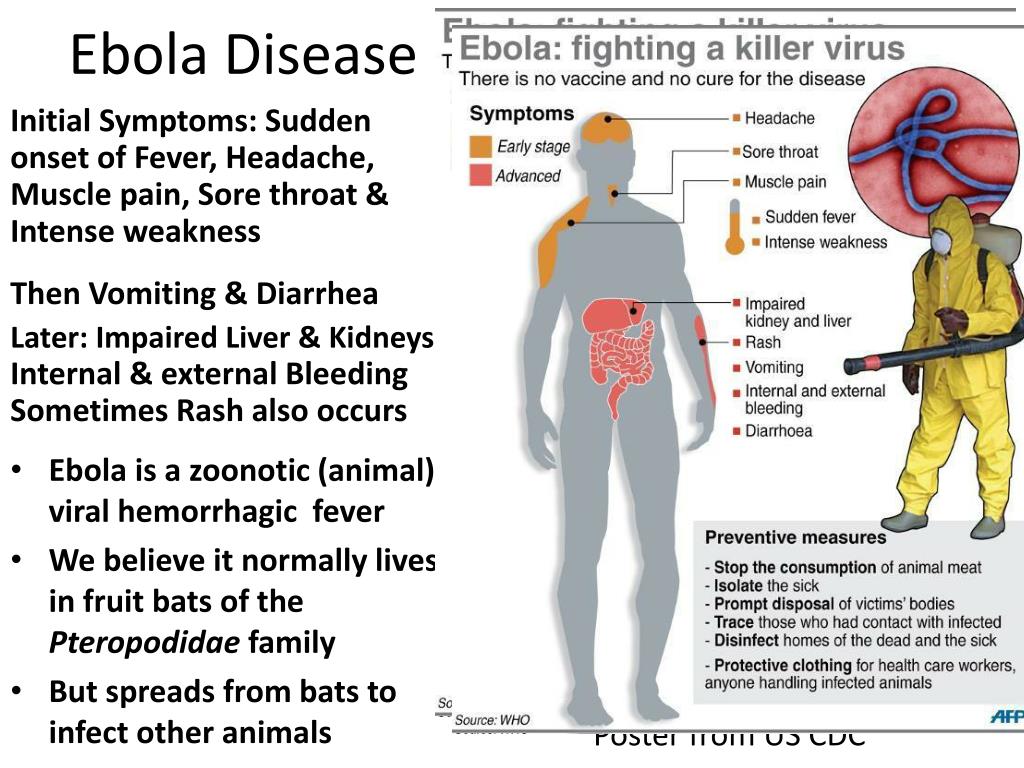 At this stage, heat production is much higher than heat transfer.
At this stage, heat production is much higher than heat transfer.